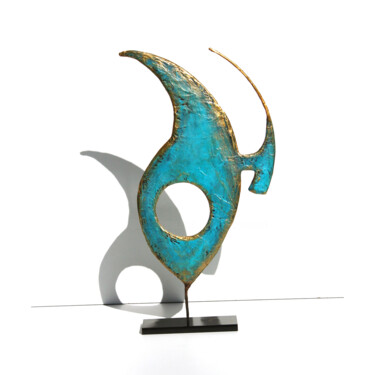261 原始当代雕塑待售:
Discover contemporary Tribal Sculptures on ArtMajeur
Contemporary Tribal Sculptures are a unique form of original artwork that captures the essence of tribal culture and tradition. This type of sculpture is created by indigenous artists who use various materials to craft their masterpieces. The supports used for these sculptures can be anything from wood to metal, while the materials used can be anything from clay to stone.
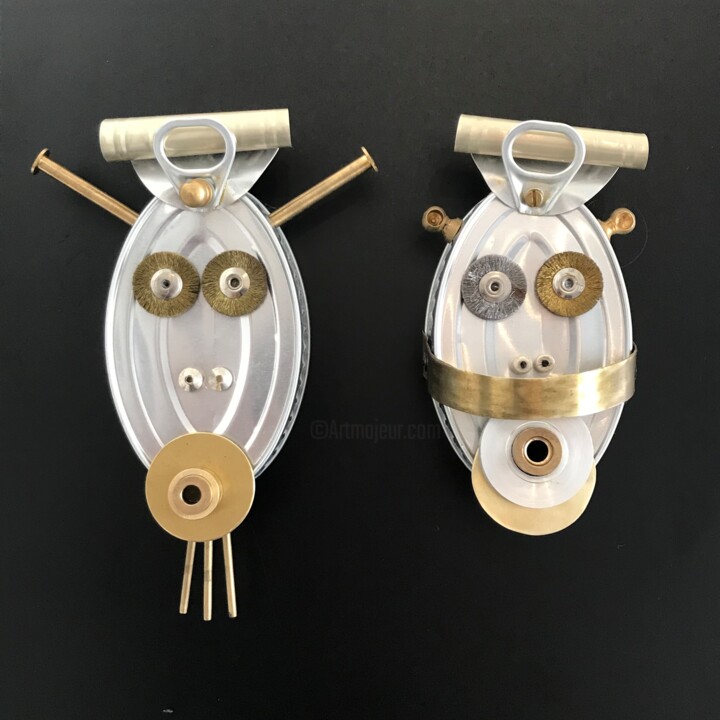
©2022 Sheraya_berlin
Origins and History
Contemporary Tribal Sculptures have a rich, diverse history that spans many centuries. Tribal art has been around for thousands of years, and it is still an important part of many cultures today. The use of natural materials such as wood, stone, and clay has been a common feature of Tribal Sculptures throughout history.
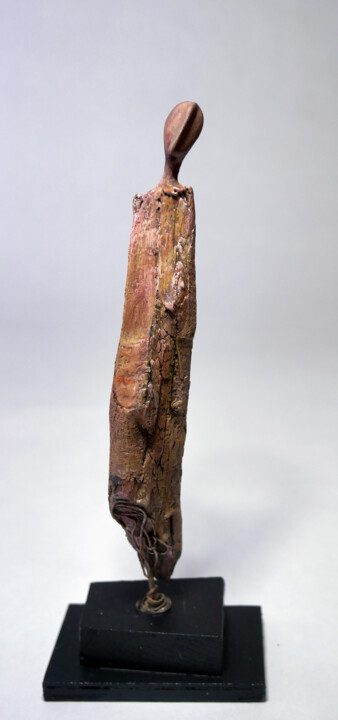
©2024 Lionel Le Jeune
Evolutions of theses works in the contemporary art market
Contemporary Tribal Sculptures have undergone significant transformations in recent years, reflecting the changing times and the evolution of modern art. These sculptures have gained recognition and appreciation in the contemporary art market, as they convey the rich cultural heritage of indigenous communities. The use of traditional materials, such as wood, stone, and clay, combined with modern techniques, has resulted in unique and innovative works of art.
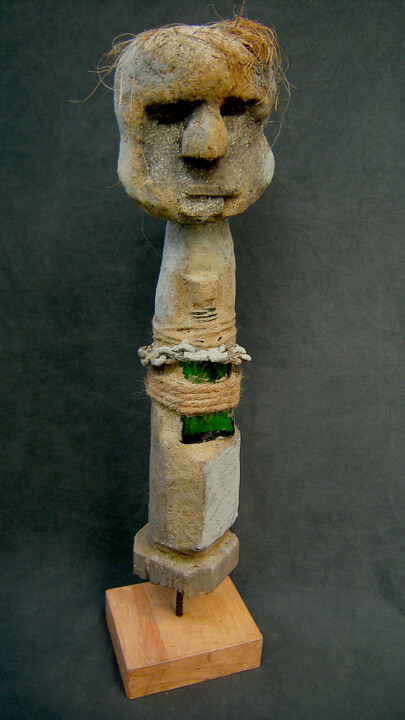
©2024 Cambrousse
Related Famous Artists
Contemporary Tribal Sculptures have been a source of inspiration for a number of artists. Here are some notable artists and their works in this field:
Brian Jungen - He is a Canadian artist known for his use of everyday objects to create sculptures that reference indigenous art. His work often challenges cultural appropriation and stereotypes.
Rebecca Belmore - She is an Anishinaabe artist from Canada who creates sculptures that address issues of colonialism, gender, and identity. Her work often incorporates found objects and natural materials.
Jimmie Durham - He is a Cherokee artist who uses materials such as stone, wood, and metal to create sculptures that explore issues of identity and cultural heritage. His work often incorporates humor and satire.
Jaune Quick-to-See Smith - She is a Salish artist who creates sculptures that address issues of social and political injustice. Her work often incorporates found objects and mixed media.
Jeffrey Gibson - He is a Choctaw-Cherokee artist who creates sculptures that reference indigenous art and craft. His work often incorporates traditional materials such as beads and leather, as well as modern materials such as neon and Plexiglas.
These artists and their works challenge the traditional notions of what Tribal Sculptures should be. Through their innovative use of materials and techniques, they push the boundaries of contemporary art and offer new perspectives on indigenous culture and identity.
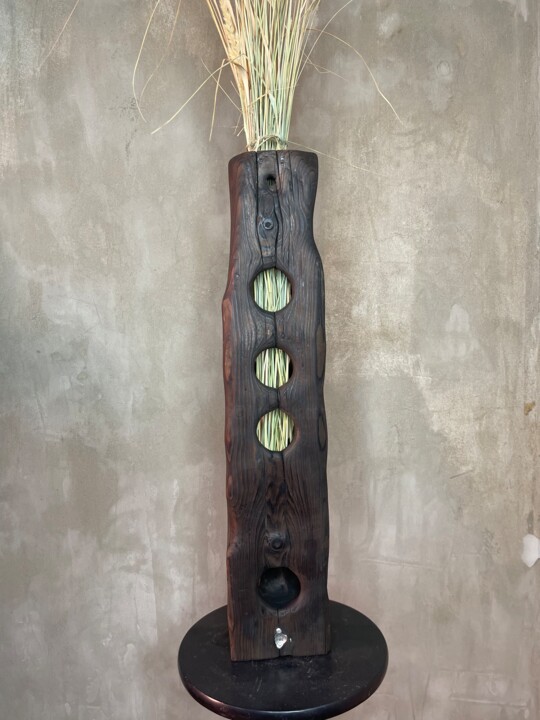
©2024 Никита Иванов
Notable contemporary Tribal Sculptures
Contemporary Tribal Sculptures are a testament to the rich cultural heritage of indigenous peoples from all over the world. These sculptures offer a glimpse into their beliefs, traditions, and way of life. Here are some well-known sculptures worth mentioning:
"Guardians of the Forest" by John T. Unger (2016) - This sculpture is made of welded steel and depicts two imposing figures, one male and one female, guarding the forest. The figures are covered in intricate patterns and symbols, representing the connection between nature and humanity.
"The Offering" by Lillian Pitt (2006) - This sculpture is made of bronze and represents a traditional basket used for offerings. The basket is adorned with symbols representing the Columbia River region’s indigenous peoples.
"The Four Directions" by Nathan Jackson (1991) - This sculpture is made of red cedar and represents the four directions of the compass. Each direction is represented by a different animal, including the eagle, bear, wolf, and raven.
"The Spirit of Haida Gwaii" by Bill Reid (1986) - This sculpture is made of bronze and depicts a canoe filled with figures representing the Haida people, a tribe from British Columbia, Canada. The figures are a testament to the tribe’s beliefs and traditions, with each one representing a different aspect of their way of life.
"The Medicine Wheel" by Allan Houser (1979) - This sculpture is made of bronze and represents the medicine wheel, a symbol used by many indigenous peoples in North America. The wheel is divided into four parts, each representing a different aspect of life, including the physical, emotional, mental, and spiritual.
These sculptures are just a small sample of the many amazing works of art created by contemporary tribal artists. Each one offers a unique perspective on the rich cultural heritage of indigenous peoples from all over the world.
